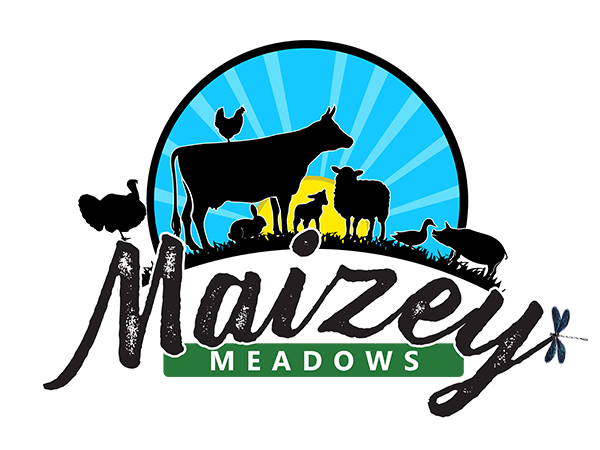The Ultimate Guide to Duckling Care: Brooders, Feeding & More | Maizey Meadows
Raising Baby Ducks / Ducklings
It’s definitely an exciting time when you get those little furry feather friends home, they’re tiny and adorable, that is for sure but keep in mind there are a few things you need to know to raise healthy and happy ducklings.
Important areas when it comes to raising baby ducks
Raising ducklings can be a rewarding experience, but it’s important to take precautions to protect them from predators. Here are some important factors to consider:
- Brooding: Ducklings require a warm and dry environment during their first few weeks of life. A brooder box or pen with a heat lamp or heating pad should be set up for the ducklings.
- Feeding: Ducklings need a balanced diet of starter feed that contains protein, vitamins, and minerals. Fresh, clean water should also be provided at all times.
- Socialization: Ducklings are social animals and should be raised with other ducklings or in the company of adult ducks.
- Predators: Ducks are vulnerable to predators such as raccoons, foxes, and birds of prey. To protect ducklings, their brooding area should be secured with a sturdy fence and a cover to prevent predators from getting in.
- Shelter: Adult ducks require shelter to protect them from harsh weather conditions, but it’s also important to provide shelter for ducklings. A secure and enclosed coop can provide protection from predators and extreme weather.
- Outdoor space: Once ducklings are old enough to go outside, they need access to a safe and secure outdoor space. The area should be fenced to prevent predators from getting in and ducks from wandering off.
- Health: Regular check-ups and monitoring for any signs of illness or injury are important for maintaining the health of ducklings. A veterinarian with experience in treating ducks should be consulted if any health issues arise.
Raising ducklings requires proper care and attention to ensure their health and safety. Protecting them from predators is a crucial part of raising them, and measures such as securing their brooding area, providing shelter and outdoor space, and monitoring their health can help ensure a successful and rewarding experience.
What is a duck brooder and how do I make one?
A duck brooder is a safety pen that you can isolate new ducklings until they are old enough/big enough to join the flock. Ducklings that have not feathered out are susceptible to weather and temperature, a duck brooder either purchased or DIY is a safe place that has regulated temperature, food and water for the little ducks until they are big enough and able to be without an additional heat source.
Things to consider before bringing baby ducklings home
• Require a designated brooding area (brooder)
This is an area that with provide protection for your new baby ducks. A brooder will have food (chick starter crumbles) and water as well as a heating element. The brooder must be a larger container or space for the ducklings to move far enough away from as they regulate their body temperature.
• Ducks are messy and will require daily care and maintenance
While the ducklings themselves are cute, the mess they and their adult counterparts are not. Ducks are messy eaters and require access to water at all times. The combination of messy eaters and water is soaked wet bedding which should be cleaned regularly to avoid health problems for the new ducklings.
• They will grow big, and fast, prepare enough space for them to grow into or designate a secondary brooder
Ducks grow pretty quickly and before you know it your half dozen or so ducklings will become a high energy featherweight the size of a football.
I want to get ducks, What do I need?
Transporting of ducklings – you can use a small animal or cat/dog carrier or clean cardboard box to get your little ones home. You will want to keep the ducklings from sliding around as the bottom can be slippery for them. We recommend some pine chips or hay, this will help catch the poop or pee as well from the bird. Please be sure to keep them warm, you may want to turn on the heat in your car if it’s chilly outside. It’s ideal to have their brooder set up beforehand to save you time and stress.
Heat lamp or Heat Plate – you will need to keep your ducklings warm during during their early weeks. We use a no and place it on one side of the broader with a clamp.
Heat Lamp
(Red & white)
Ceramic Heat Emitter
Brooding Chick Heat Plate

Brooder – you will need a safe place to keep your ducklings as they grow. We use the Tartar Oval Galvanized Stock Tank. You can place this in a non-drafty place inside your house like an extra bathroom or garage if possible. We don’t currently have a barn so these are the two best options we used.
Upgraded Baby Ducks to the Kiddie Pool
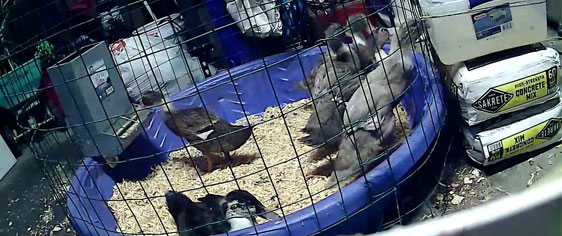
After about 4 weeks our six ducks were quite large for this brooder and we moved them to a kid swimming pool with a scrap fencing surrounding it until they reached the age to go outside.
Duckling Water Feeders
There are many options you can utilize for ducks. Some more practical than others. We started off using the basic one, but depending on how many ducklings you have it may get dirty real fast. Ducks are messy, remember that when thinking through your setup. Also, don’t get frustrated if things don’t work out the way you envision the first time. We have had two batches of ducklings now and keep trying new things to figure out the best approach.
how to keep wood chips out of chickens water
As stated previously, ducks and ducklings are incredibly messy. After a while cleaning out their water can become quite burdensome. It almost seems just as soon as you get it clean, the little ducklings have it messy again. The way we approached it was to cut holes in the side of a container that would allow them to reach the water without being able to track much of the wood chips in. We placed the container just outside the fencing the kept them contained and low and behold we now had a duck watering system without the mess!
Duckling Food & Feeders
This can be tricky too if you have quite a few ducklings. I can tell you our three babies now are much calmer than the previous six. It was trial and error before we decided on this setup.
Duck Bedding in the Brooder
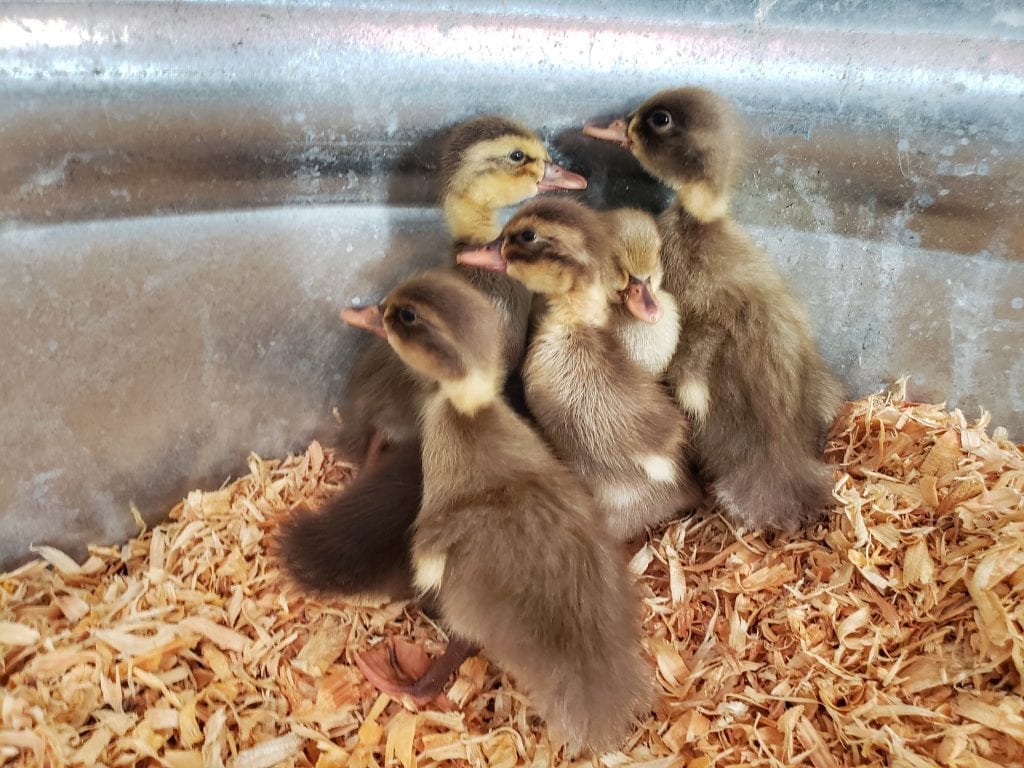
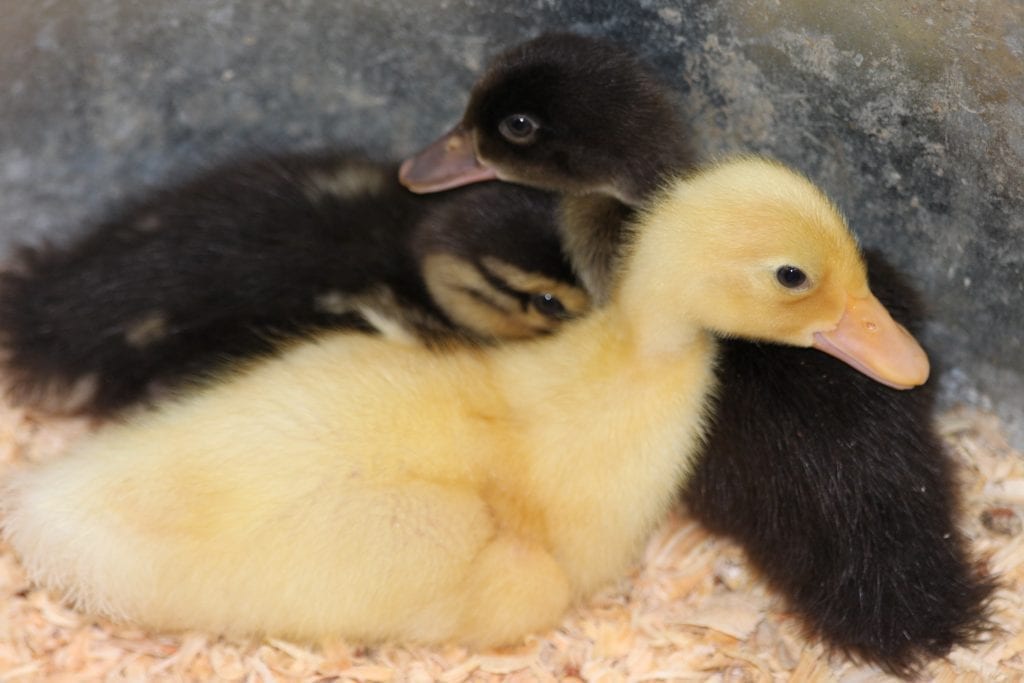
Choosing the right duckling brooder bedding
You have options here some better than others. You can use straw, large wood shavings, old towels or t-shirts, dried grass clippings, (no chemicals or fertilizer) or even puppy pads. It all depends on how many times you want to clean your brooder. We have gone with the pine shavings and every other day cleaning routine with the six ducks.
Updated No-Mess Duck Brooder
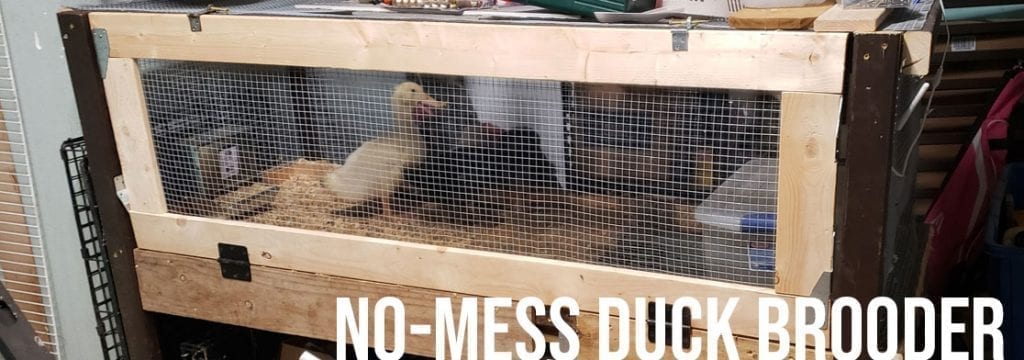
Now on our second round of ducklings, we have had the pleasant experience of discovering just how messy ducks are. The main issue is there water. It gets everywhere.
In the latest build from literally any scrap I had laying around features a 4′ L x 32″ high hardware cloth enclosed duck brooder that is elevated 30″ off the ground.
The brooder is divided into 2 sections with a slight ramp in the middle. On one side holds the duck feeder on pine shavings, on the other the watering tote placed on a 1/2″ hardware cloth floor, under it a drip pan to hopefully alleviate a lot of the mess associated with water.
The auto-duck-watering tote has an float valve that is fed from a 5 gallon bucket.
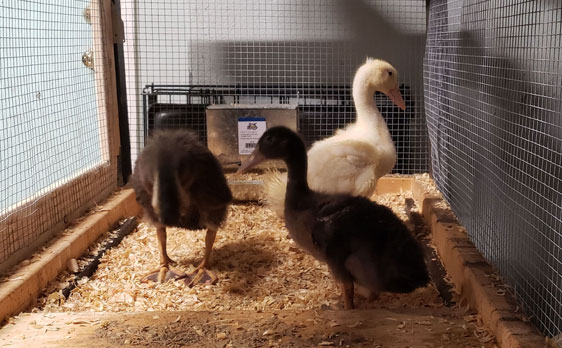
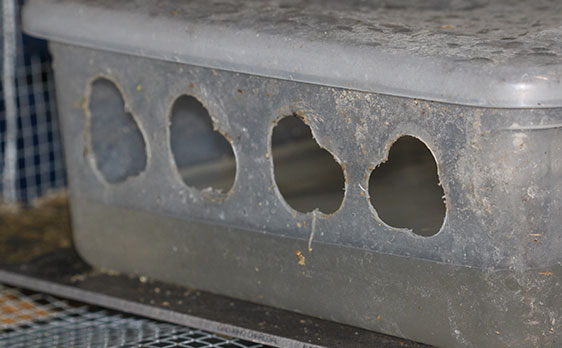

Adult Duck Care & Maintenance

DIY: Duck Pool / Pond Setup
While you can have a pool for your ducklings, we opted not due to space restriction and the risk of the ducklings getting hypothermia. However we did create a pond in their enclosure. If you have your ducks outside in a pool or pond, note some duck breeds may fly away unless you are clipping their wings.
Duck Coop / Shelter
Protection from weather & Predators: We wanted a enclosure to keep our ducks safe as we do have wild coyotes in the area and stray cats. We built (size) using (whatever you used, insert links to purchase and picture of setup). There are other options out there if you want safe, but portable enclosures for your flock with our without wheels.
